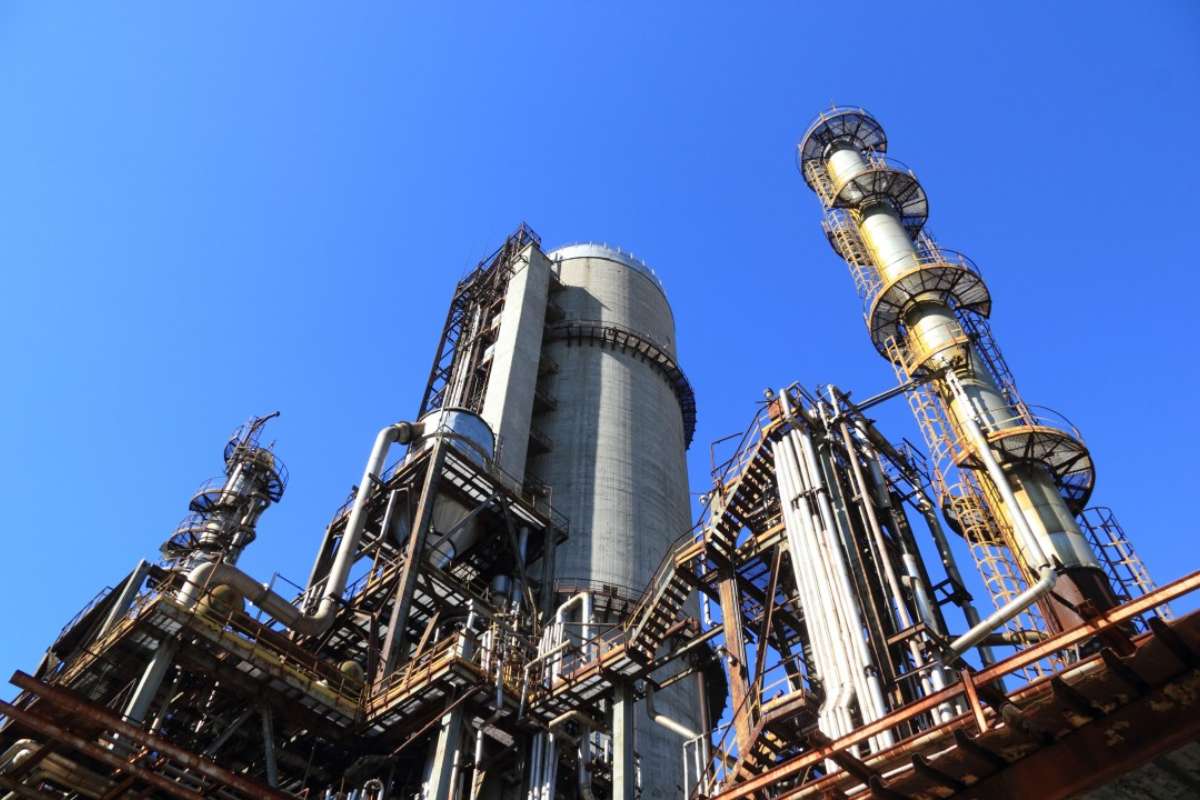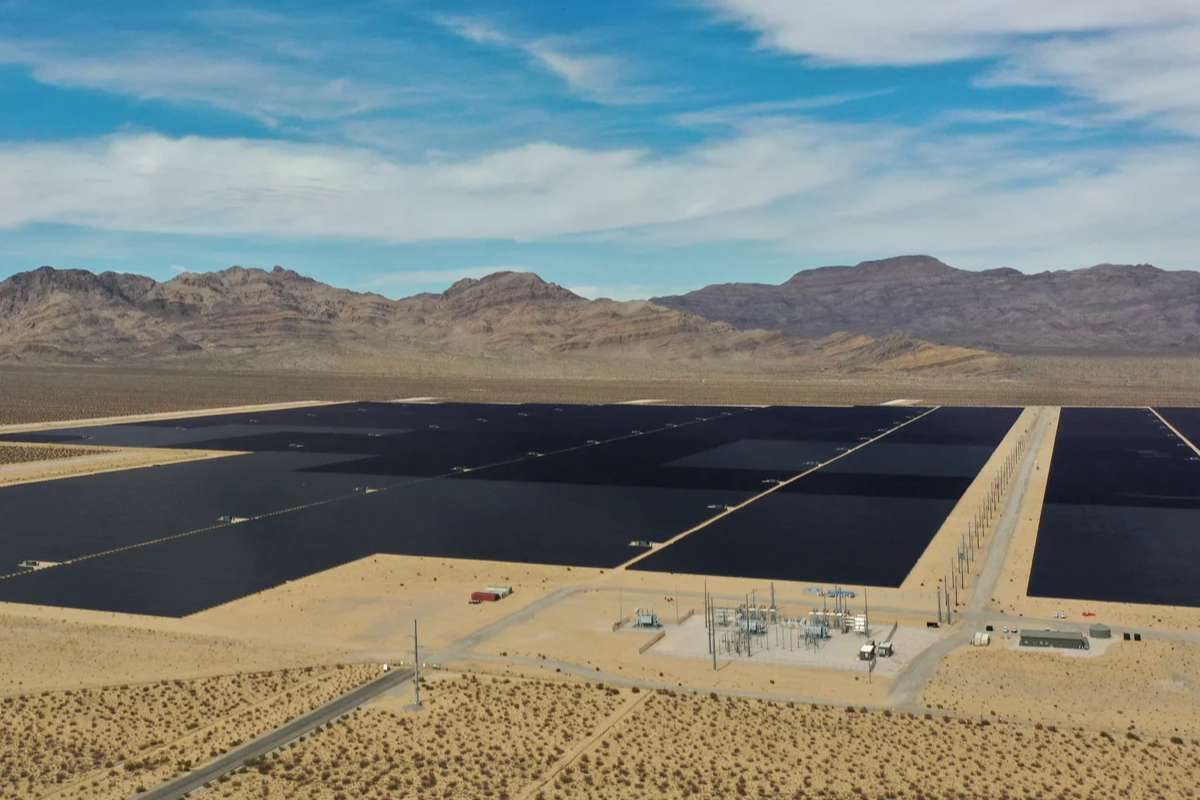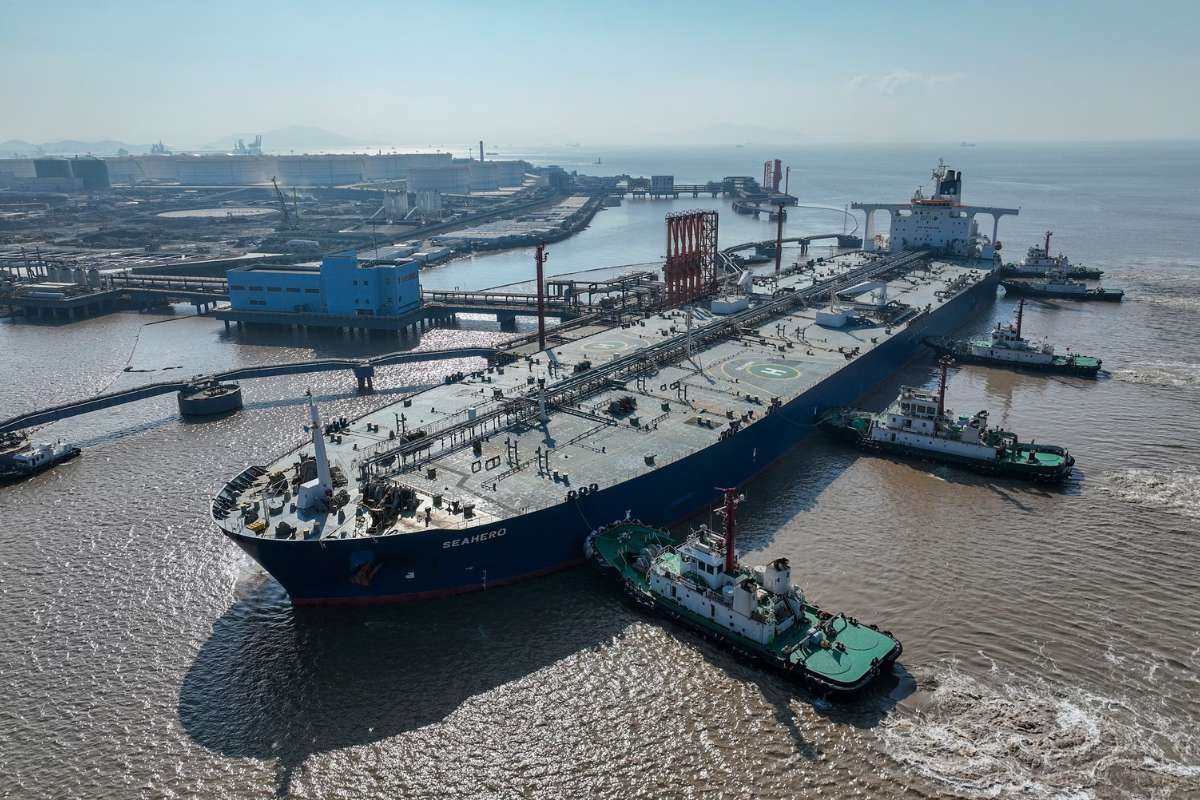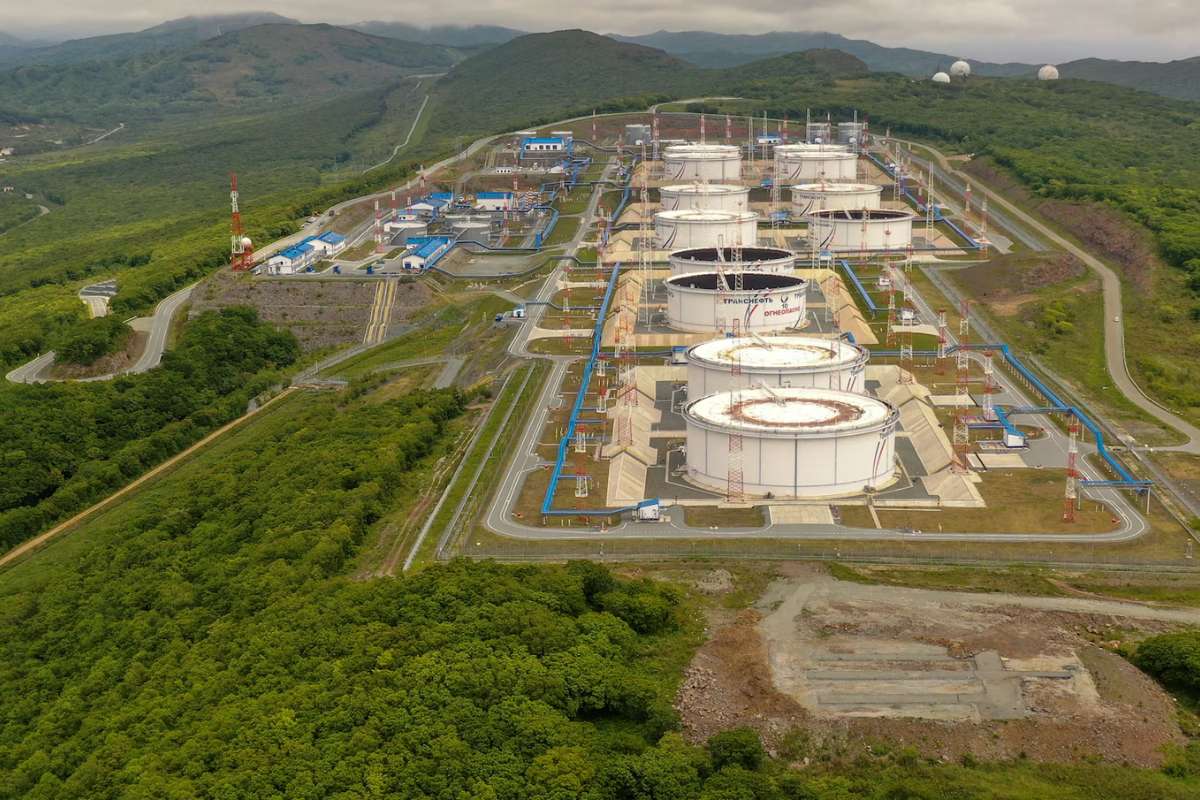Technological Advancements Shape the Market
The Petrochemical Pump market is a vital sector that plays a key role in industries like oil and gas processing, chemical manufacturing, and water treatment. These pumps are critical for ensuring the smooth transportation and management of petrochemical products. The growing demand for sustainable solutions and operational efficiency has spurred innovations in pump technology. Manufacturers are focusing on advanced designs and materials to improve pump reliability and performance. Strategic partnerships between companies and technology providers are leading to smarter systems that allow for more efficient operations. Moreover, the rise of digital technologies, particularly IoT-driven systems and predictive maintenance, is enhancing operational efficiency and addressing environmental concerns.
Key Market Trends and Growth Drivers
Several key factors are driving the growth of the petrochemical pump market. A primary factor is the increasing emphasis on sustainability, with companies adopting greener practices to minimize their environmental impact. The trend towards energy-efficient pumps is being driven by the need to reduce waste and operational costs. Additionally, the integration of artificial intelligence (AI) and automation is enhancing decision-making processes, allowing for predictive maintenance and reduced downtime. The market is also witnessing a rise in customization, as customers demand solutions tailored to their specific needs. Emerging technologies, such as smart pumps equipped with IoT sensors, are making significant strides by enhancing pump performance and providing real-time data for optimizing operations.
Market Segmentation and Key Players
The petrochemical pump market is segmented into two main categories: type and application. In terms of type, centrifugal pumps are widely used for their ability to handle large fluid volumes efficiently, while positive displacement pumps are valued for their consistent flow rates. Magnetic drive pumps, which eliminate mechanical seals, are becoming more popular in hazardous environments due to their reliability. Additionally, diaphragm pumps are essential in handling corrosive fluids.
From an application standpoint, the industrial sector, including chemical manufacturing and wastewater treatment, is a significant consumer of petrochemical pumps. The oil and gas sector also remains a dominant market, where pumps are essential for crude oil extraction, refining, and distribution processes.
Several leading companies are driving innovation in the petrochemical pump market. Liancheng is known for its energy-efficient solutions, while Zoom Pumps focuses on advanced pumping technologies. Shanghai Neworld Fluid Machinery is a major player offering diverse product ranges, while Yonjou is at the forefront of smart pump technologies. LEWA, SPP Pumps, and Suzhou Ethonhuk Industrial Equipment are also key contributors to the market’s growth.
Challenges and Opportunities
The petrochemical pump market faces several challenges, including regulatory constraints and operational inefficiencies. Stringent environmental regulations in certain regions can impact operations, while talent shortages in the engineering and manufacturing sectors can hinder innovation. However, the increasing focus on sustainability presents a significant opportunity for growth, particularly in emerging regions where demand for energy-efficient pumps is rising.
Navigating the Future of Petrochemical Pumps
Technological advancements, evolving consumer preferences, and a strong push for sustainability are driving the future of the petrochemical pump market. Companies that can adapt to these trends and integrate new technologies will be well-positioned to capture emerging opportunities. Through continuous innovation and strategic collaborations, the market is set for significant growth in the coming years. By focusing on energy-efficient, customizable, and digitally enhanced solutions, businesses can stay competitive and meet the evolving demands of the petrochemical industry.
